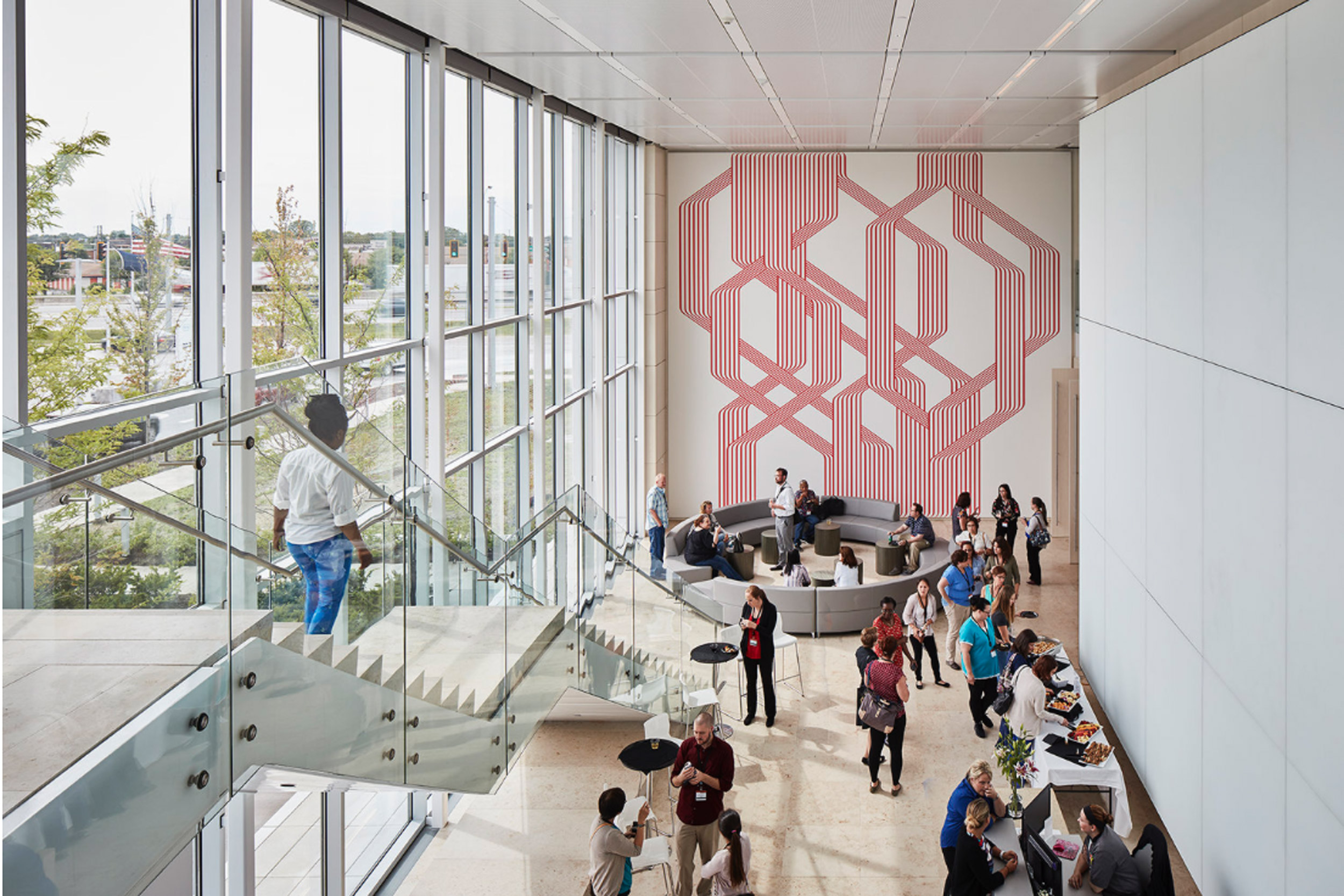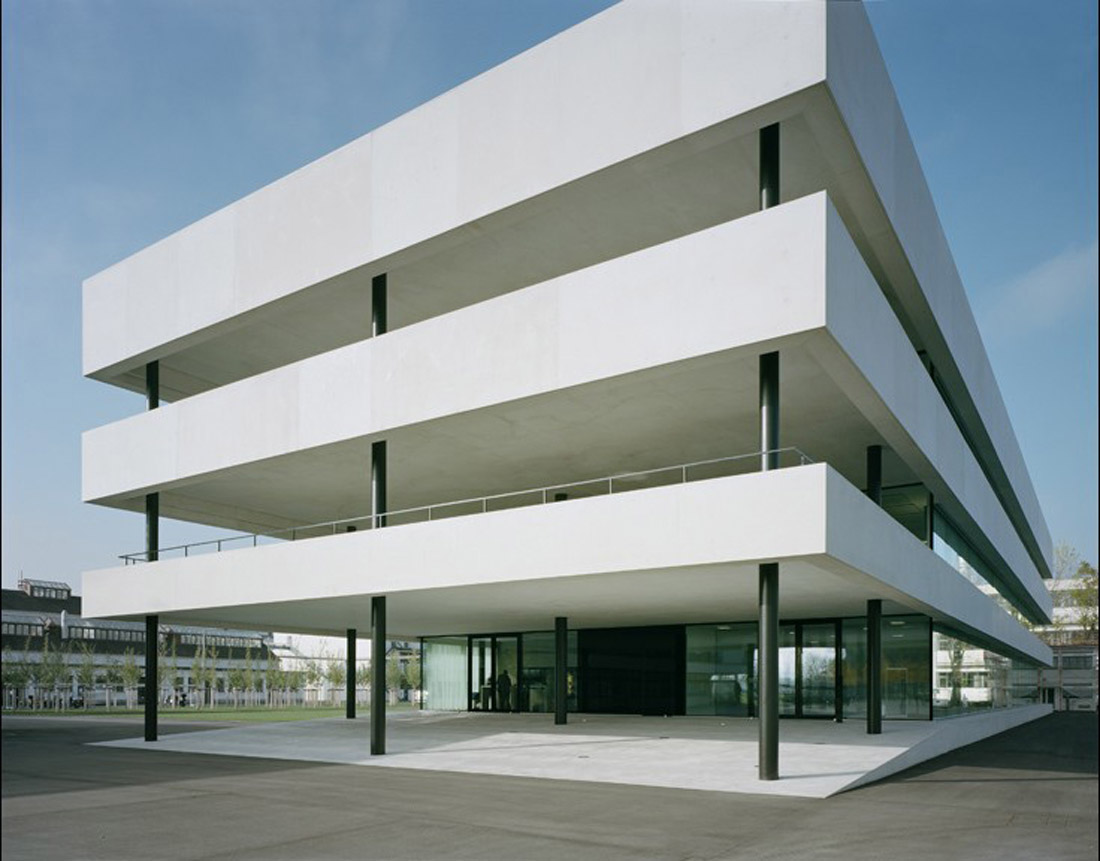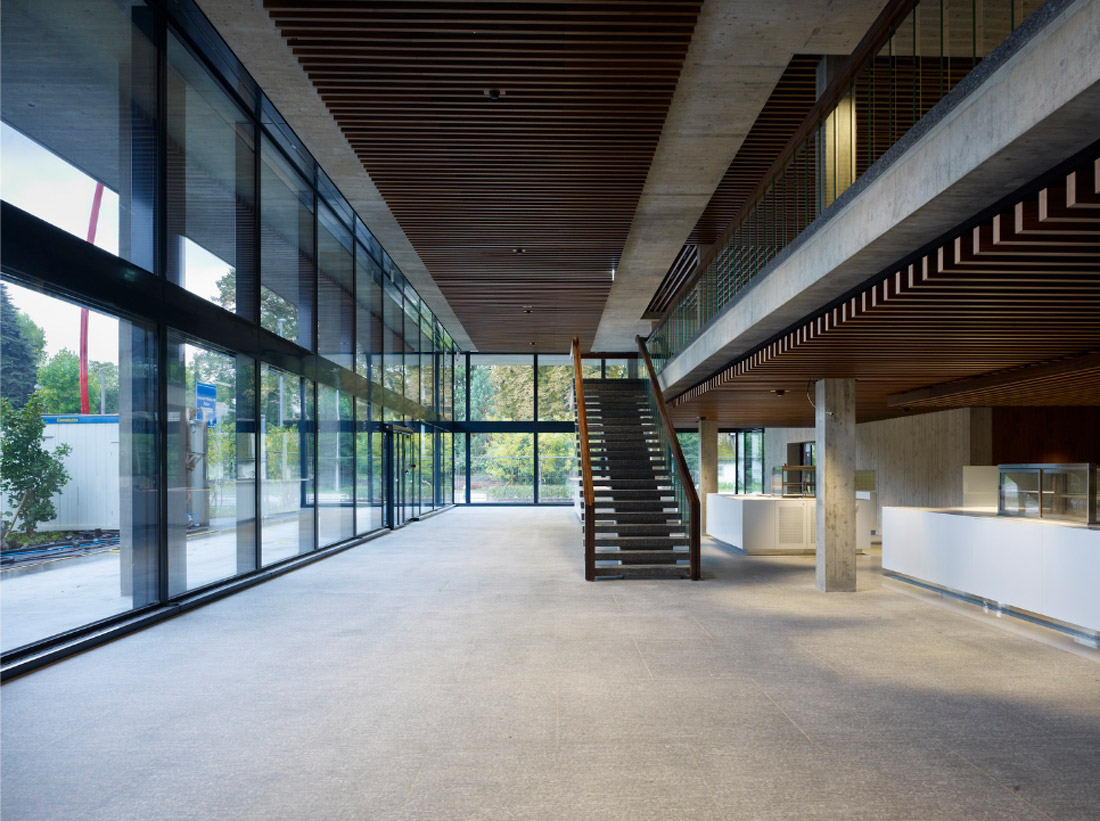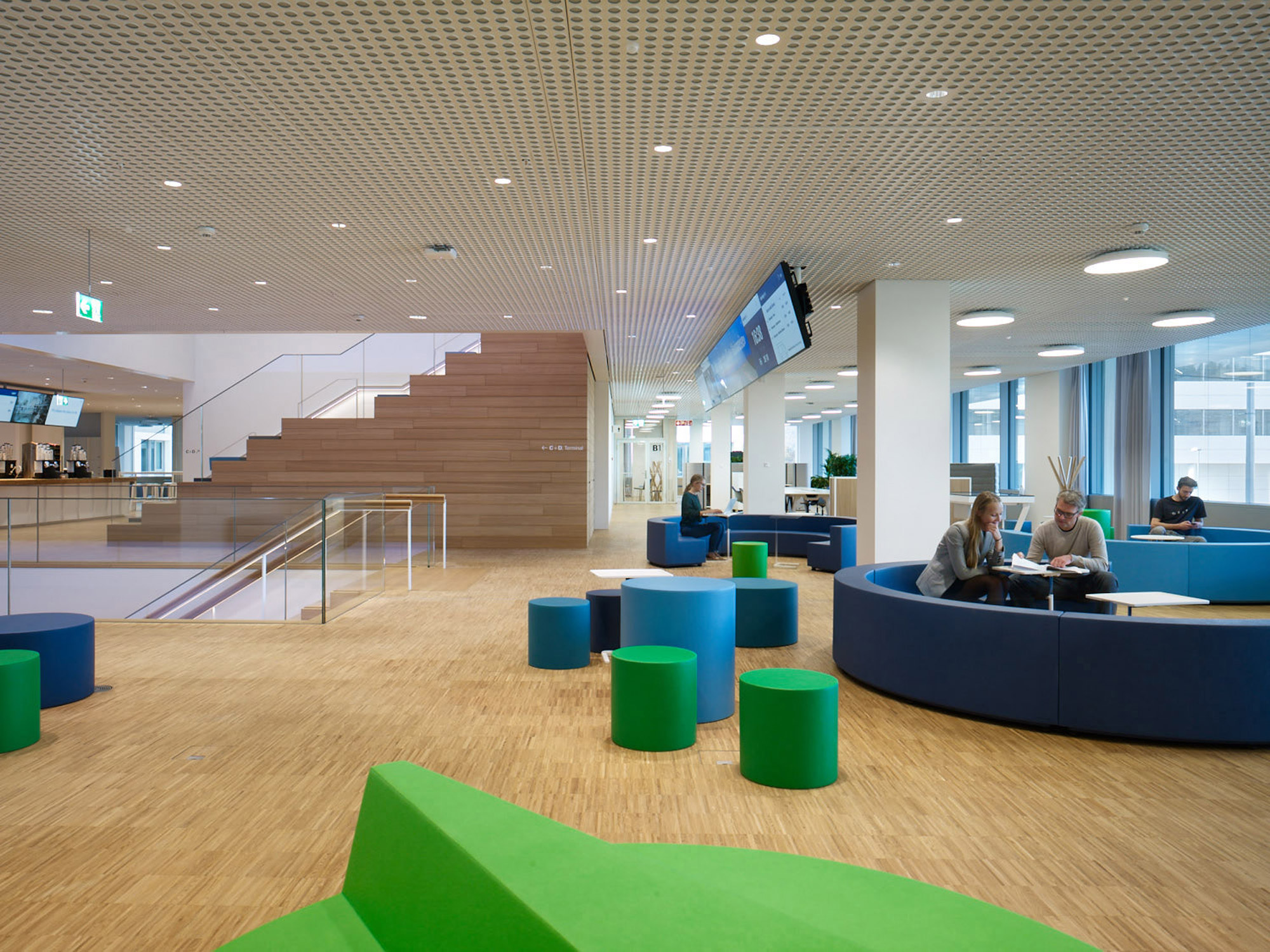
Adaptable to change
Buildings that have the ability to continuously transform to evolving needs.
Down“The only thing that is constant is change.”Heraclitus of Ephesus - Philosopher
Planning ahead
By anticipating business needs and users’ future behavioural patterns and cycles, the building can be designed to adapt accordingly. Building adaptability also contributes to sustainability in economic, social, and environmental terms.
Develop analysis at several scales: territorial, urban, building, and architectural elements as a base for the design of a site or a building. Taking those into account, the design should aim to remain flexible over time, allowing for future phases and extensions.
How to provide adaptability

- Design a modular, standardized structure in provision for further extension.
- Structural grid and functional modules determine building elements and systems and should allow for an open floor plan that can be freely transformed.

- Layout the structure for an optimal bay width, and efficient floor plan size and proportion.
- Plan the location of fixed infrastructure elements (vertical circulation cores, duct shafts, bathrooms) to ensure that the use of space is as flexible as possible.

A fully adaptable building is adjustable, versatile, refitable, convertible, and scalable. Use these elements to achieve the above mentioned attributes:
- Adjustable (task): operable elements, non-fixed objects, detachable connections.
- Versatile (space): movable walls, variety of room sizes, flexible ducts, storage space.
- Refitable (performance): standard shapes, dry connections, coordinated systems, interchangeable components.
- Convertible (function): simplicity and legibility, multi-functional spaces, raised floors.
- Scalable (size): local materials, known techniques, modular units, dividable/joinable rooms.
Key to Adaptable to change
- Plan for future needs, phases, and extensions.
- Layout the structure for an optimal bay width, core position, and floor plan size and proportion to allow flexibility of use.
- Design modular, standardized structure in provision for further extension.